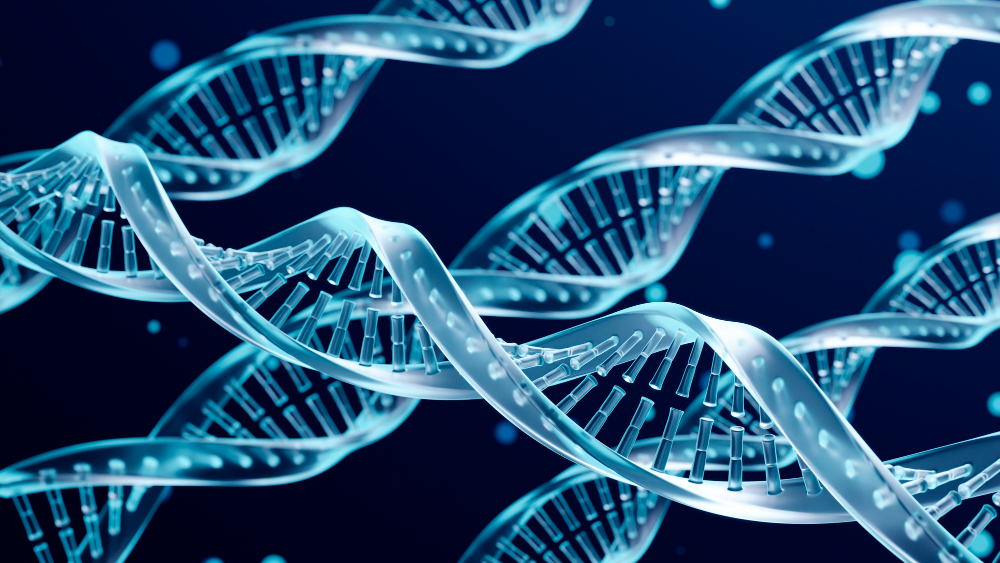Reactions: gene therapy improves Hurler syndrome skeletal disorders
Hurler syndrome is a rare and very serious disease caused by an enzyme deficiency, which results in a wide variety of signs and symptoms. Treatment with bone marrow transplantation helps to alleviate some of them, but has little effect on skeletal disorders. Now, a phase I/II trial has tested an autologous transplant of blood stem cells corrected by gene therapy in eight patients. The results, published in the journal Science Translational Medicine, suggest that the treatment is more effective and could also improve these types of disorders.

Marfany - Hurler
Gemma Marfany
Professor of Genetics at the Universitat de Barcelona (UB) and head of group at CIBERER
This is a study of a potential cell and gene therapy for Hurler syndrome, a minority disease due to the lack of a lysosomal degradative enzyme that has a very severe and disabling paediatric affectation and alters many organs in the body. Until now, it was treated with a bone marrow transplant from a family member or compatible donor if it could be found, which managed to treat some of the symptoms, but did not cure some bone disorders.
What is most novel about this treatment is that haematopoietic stem cell progenitors are obtained from the same patient and 'corrected' by conventional gene therapy, introducing the 'correct' gene that is mutated in patients, using recombinant lentiviruses. These 'corrected' cells are then reintroduced into the patients. It should be noted that the condition is very early, so these treatments have been started in infants at an average of two years of age, and followed up for the next four years to see substantial improvements in their health and bone growth.
The improvements in children treated with this gene therapy are substantial, particularly in skeletal involvement, as they reach a height similar to that of healthy children and, above all, retain back and joint mobility, with a considerable improvement in life, without side effects. This therapeutic improvement over conventional bone marrow transplantation appears to be due to increased production of the enzyme, which is released into the blood and circulates to other tissues, improving skeletal cell function. It will be interesting to see if these therapeutic benefits are sustained over the next few years, as it could be the most effective treatment option for children affected by Hurler syndrome.
Marfa - Hurler
Mercè Pineda Marfa
Paediatric neurologist at the Hospital Sant Joan de Déu and the Centro Médico Teknon
This study, in which bone illness is improved, is of unbeatable quality.
The treatment really improves the disease greatly, something that does not occur with bone marrow transplantation. The limitations, as in all gene therapy, are immune problems both in humoral and cellular immunity.
Ideally, we would have a follow-up of 10 or 15 years, but we should be satisfied with what we have now.
Consiglieri et al.
- Research article
- Peer reviewed
- Non-randomized
- Clinical trial


